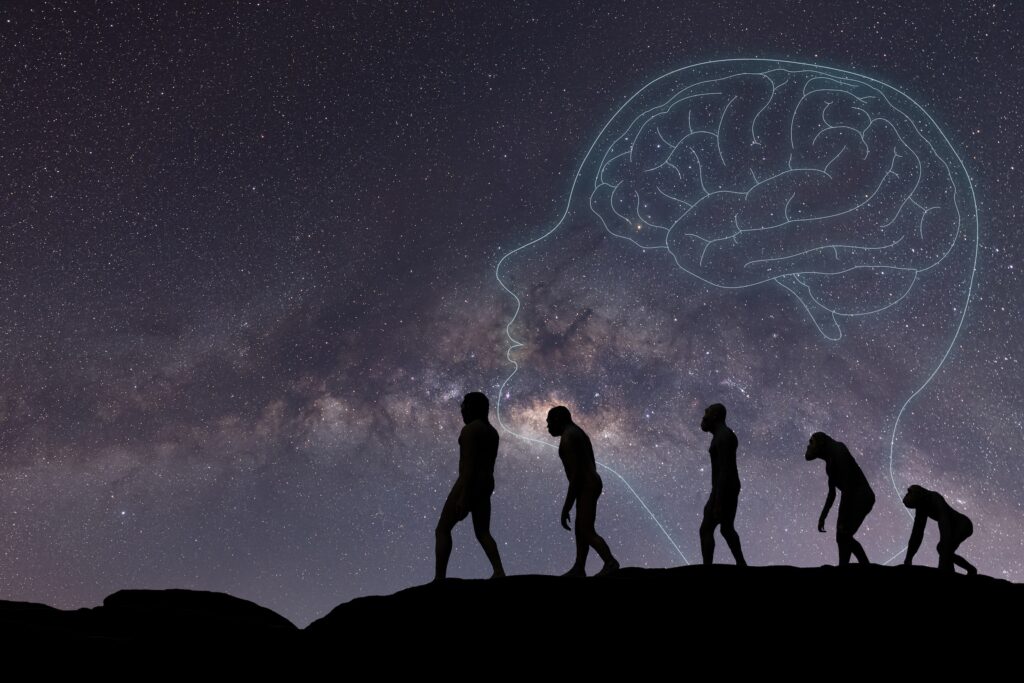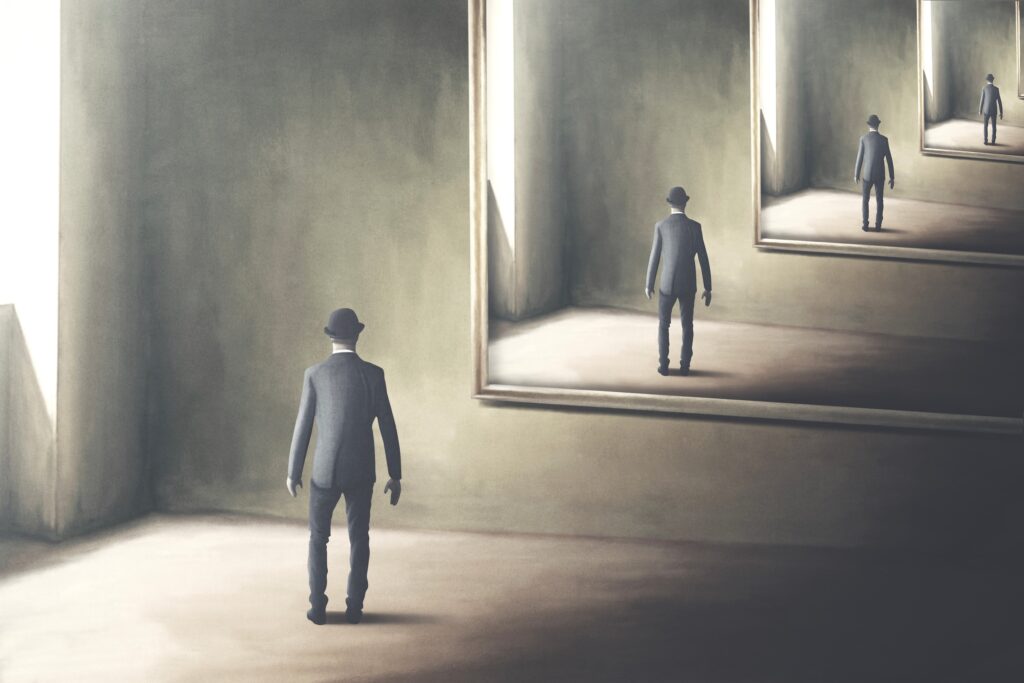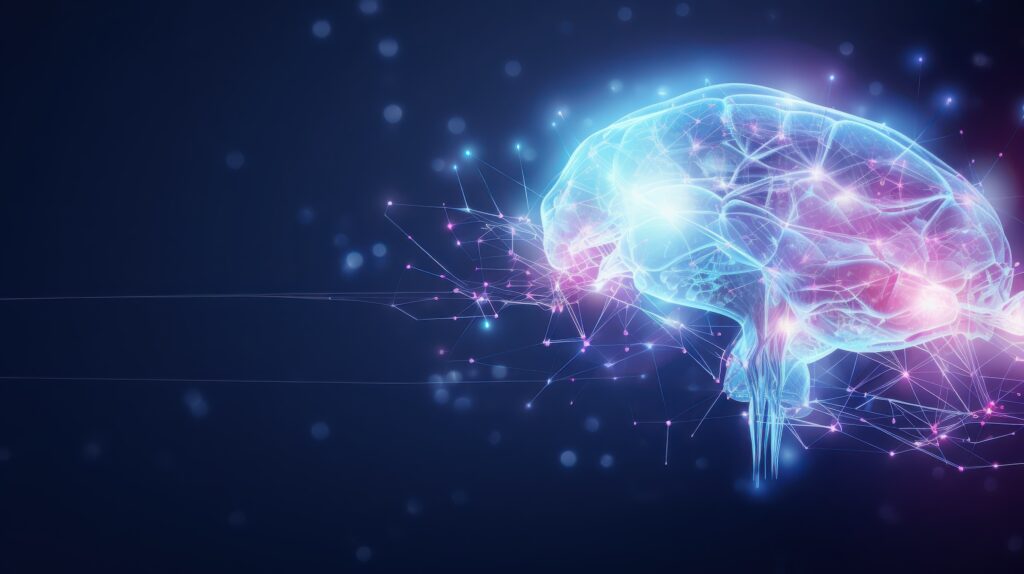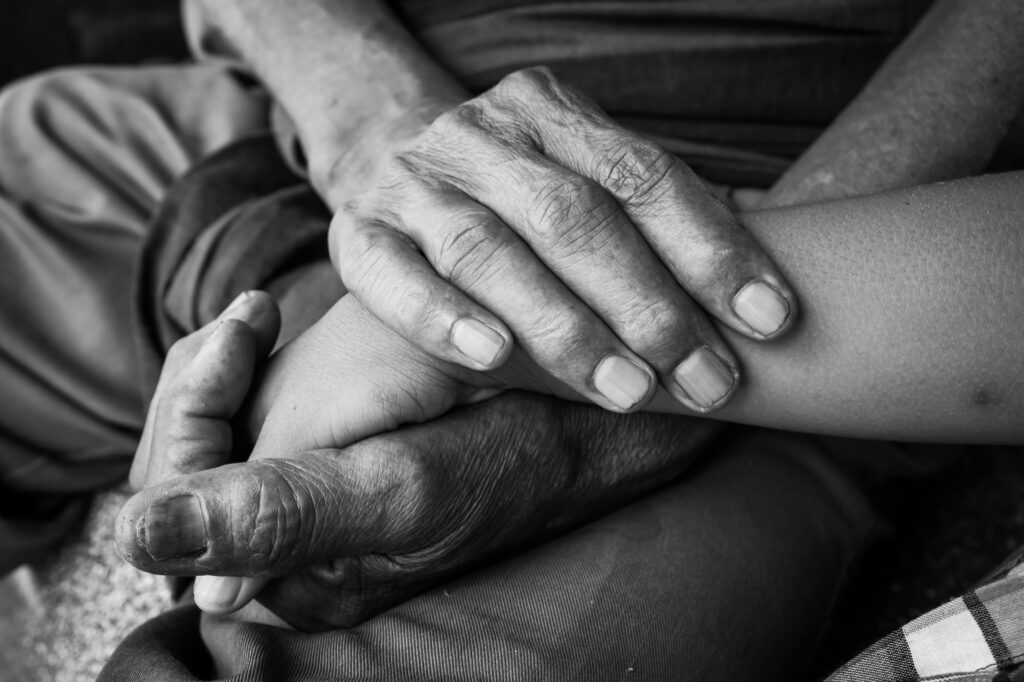The activity theory of consciousness
Reading | Psychology
![]() Prof. Vladimir Serkin, PhD, PhD | 2021-07-09
Prof. Vladimir Serkin, PhD, PhD | 2021-07-09
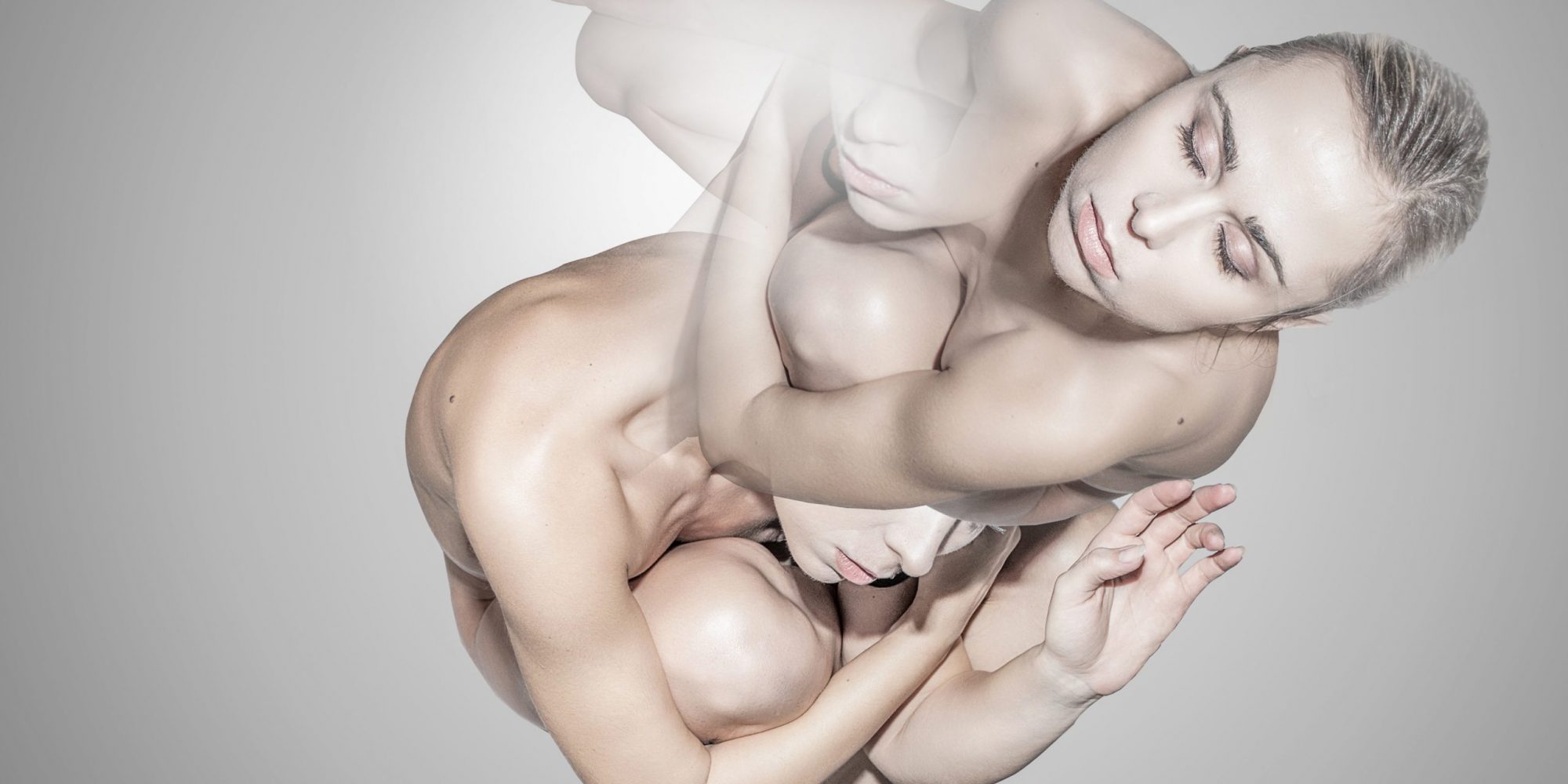
Prof. Vladimir Serkin discusses a theory of consciousness whereby the latter is not regarded as merely a product of physiological function. His isn’t an idealist approach and, therefore, we at Essentia Foundation reserve judgment about it. However, the theory is undoubtedly scholarly and reveals the remarkably interesting directions in which Russian academia is pursuing an explanation for mind. They aren’t as held back by physicalist prejudices as similar efforts in the West, and thus deserve our careful attention.
By now, millions of facts have been accumulated related to transpersonal, religious, and psycho-technical experiences, unexpected knowledge of ancient languages by people who did not study them, accurate predictions of the future, ‘out of body’ and mental travel, telepathy, telekinesis, etc. Many of them have been objectively recorded in concordance with strict positivist requirements and supported by the testimonies of reputable scientists, such as V.P. Zinchenko, I.M. Kagan, A.N. Leontiev, B.F. Lomov, A.R. Luria, V.D. Nebylitsyn, B.V. Rauschenbach, M.G. Yaroshevsky and others [30, 11]. Nevertheless, the overwhelming majority of well-recognized theories of consciousness [1, 2, 4, 6, 16, 5, 27] do not explain the accumulated empirical evidence. For example, take people in the state of clinical death, when all the physiological and related neurocognitive processes are completely absent: while in the ‘out-of-body’ state, they are able to observe what is happening and, after regaining consciousness, not only report the general line of events, but also provide their detailed and specific description [15]. Of course, we can continue to ignore numerous psychic phenomena, unexplained by existing theories, but this will not make them disappear; instead, it may result in psychology losing its scientific credibility.
In the methodology of science, the principle of observer-independent results has long been considered untenable. However, many psychology researchers still try to adhere to this ideal in their scientific models and theories. But when constructing theories of consciousness, filtering out the researcher engaged in the process of cognition leads to complete absurdity. For this is an attempt to build theories or models of consciousness that are independent of the researcher, who is part of the very process of consciousness. And it is precisely such absurd theories that are generally recognized nowadays.
According to mandatory methodological requirements, theories that do not explain facts should be rejected as invalid, and new theories, which account for the entire body of accumulated empirical data, should be proposed instead.
In this article, I propose nine theses for a theory of consciousness that fits within the developmental trends of Russian psychology. The theory also attempts to provide a natural-scientific explanation of the generally accepted phenomenology of consciousness and many transpersonal phenomena. The first thesis proposes a new conceptualization of reality, i.e., it provides a philosophical and ideological framework for an activity-based theory of consciousness. The other eight theses are the content of the theory itself.
Thesis 1. The mental and the physical are different attributes of activity, which is the basic process–related substance.
Psychologists and philosophers [14, 15, 21] are increasingly converging to the idea formulated by Dutch philosopher Baruch Spinoza: the mental and the physical (or physiological) are two different attributes of the same substance. This singular substance is cognizable by human beings, yet unknown to modern science [24].
So, what is this substance, and what is its ontological status? It is commonly believed that this substance is still unknown to science. However, I would suggest that the substance that determines the psyche is activity [19]. And only such a process-substance can bridge the gap between the ideal (the psyche) and the material (the physical). The material and the ideal are not primordial, nor the substance of each other in any way, but rather two attributes of activity, which is the basic process-substance of the Universe.
In Russian psychology, it has long been recognized that mental reflection is subordinate to activity. The subject of life activity does not need to possess an objective knowledge of life activity, but rather act in its best interest. Thus, the task of ‘searching for objective knowledge’ is formulated only by evolved consciousness, and not at the early stages of the development of the psyche. Initially, it is not the psyche that determines activity, but rather activity that determines the psyche.
Thesis 2. An individual is the subject not of a single activity, but of a system of performed activities.
Studies of consciousness include in their scope the entire system of activities performed by the subject. A.N. Leontiev defined activity as a unit of analysis of human activity, thereby pointing out that it is not limited to one single instance. The term “hierarchy of motives”, used by Leontiev, unequivocally presupposes the presence in each person of a hierarchical system of carried out activities and corresponding motives [9]. I have introduced the term, ‘individual way of life.’ It is a system of activities that a person carries out as a subject, or as part of such aggregate ‘subjects’ such as a society or a group, during a certain period of life, and prior to the change of the hierarchy of motives [19]. The structure of the way of life is determined by both the image of the world and the plan of real-life interactions, which in turn determines how the perception of the world evolves.
The consciousness of the subject manifests itself as a psychological quality of not just one, but the whole system of the subject’s activities. Thus, for example, at least two motives are necessary for the emergence, experience and possible cognition of an internal conflict. With one activity and a single motive, no internal conflict can arise in principle. In reality, however, internal conflict is caused by a great number of motives. And that accounts for the difficulty of reflexive processing of such a conflict, with all its accompanying uncertainty and tension.
The presence of multiple motives, and subsequently the need to make a choice, enables us to become aware of being a subject in the first place. Also, the very notion of objectivity and objective qualities can only emerge through the separating of what is being cognized from a particular motive, and by comparing it with other motives. Reflexivity and self-consciousness, in turn, can develop only through the multiplicity and alternativity of the subjective.
Thesis 3. Individual consciousness is an attribute of the subject’s system of activities.
Consciousness is a psychological attribute of a system of activities carried out by a person. The development and content of an individual consciousness are determined by the personal history of activities and the areas of those activities [3]. At the same time, the processes of consciousness themselves are defined by the performance of activities. The physical attribute of an activity is the physical body of a person, a group, a society or mankind. A better developed, complex and structured system of activities corresponds to a more developed consciousness. The complexity of the entire system of activities realized by a person—i.e., their way of life—is determined not only by their level of education or technological literacy, but also, and above all, their psychological accomplishments. It is creative, scientific, transpersonal, consultative and other types of activity that would be considered the most complex on this scale.
Accordingly, more complex forms of activity than the human ones correspond to mental structures more complex than the human. In line with this interpretation of the mental, a person, being the physical carrier of consciousness, is a transient evolutionary link and a physical attribute of the development of increasingly complex forms of activity.
The qualitative leap in the evolution of such a mental form as consciousness is linked to the presence of self-awareness and reflection. A more advanced level of activity and its corresponding psyche would probably require another physical carrier, perhaps K.E. Tsiolkovsky’s “radiant man” or possibly other species, the variety of which is not yet known. And if each human being does not undertake an activity towards their own evolution, he or she will not evolve.
Thesis 4. There is no ‘objective reality independent of our consciousness.’ A person ‘creates’ reality through his or her actions.
Regardless of whether we want it or not, our actions always change our reality. And being aware of that allows us to change our lives consciously and responsibly. Often the failure to act is a refusal to make an impact on one’s own existence.
The traditional paradigm of consciousness modelling, which is associated with the epistemological approach, describes the reflective functions of consciousness. This characterization is most vividly presented in the works of C. Castaneda, where a person is expressly described as a perceiving being, whereas versions of ‘reality’ are recognized as descriptions of various forms of perception. The paradigm we propose construes an individual as a creator choosing his or her ‘reality,’ and the primary functions of consciousness as those of transformation and design [20].
The notion of consciousness as a set of cognitive and motivational processes rests on the implicit tenet that there is an ‘objective reality,’ on the one hand, and a cognitive subject separate from that reality, on the other. According to our theory, however, consciousness develops in the process of activity, an active practice that changes and unfolds ‘reality.’ ‘Reality’ for a creator is not permanently fixed and objectively existing, but rather a process, a material attribute of activity, which can be influenced by it. A.N. Leontiev similarly pointed to the transformation of forms of activity and individual actions into the qualities of an object, thus reflecting the objectifying qualities of activity.
The texts by A.N. Leontiev [9] and B.F. Lomov [10] contain reflections on the triple influence of activity on the object, the subject and the activity itself. To elaborate further on these points: activity changes (a) reality, since any object of activity is a systemic part of reality; (b) the physical body, mental functions, consciousness, relations and means of the subject of activity; (c) activity itself and, consequently, the entire system of activities.
Given that an ‘objective reality’ independent of our consciousness and of our actions does not exist, and especially in view of the postulate that the Universe is systemic and interconnected, a new dimension to the problem of the subject’s responsibility in the process of consciousness opens up.
Thesis 5. It is not consciousness that unifies a person’s diverse activities, but his or her system of activities that integrates diverse states of consciousness into the coherent ‘conscious.’
Clinical and other empirical data on the ‘splitting’ (dissociation) of consciousness show that a person, being in one state of consciousness, cannot remember experiences from a different state. It is precisely through an activity-based approach that partial ‘recovery’ of such experiences is possible, since the perception of reality created by activity is imprinted in multiple states of consciousness. This allows us to study and describe consciousness not as a set of isolated states, but as a structure of states consolidated by a system of human activities. Consequently, it is not consciousness that unites human activities into a coherent process, but, on the contrary, the system of activities that integrates different states of consciousness into the self-consciousness cognized by the subject.
It is obvious that reality is changeable through physical action, even though many mystical doctrines and testimonies also mention a change of reality by the mental efforts of consciousness alone. In principle, there are no logical objections to discussing the impact of the psyche (a mental attribute) on reality (a physical attribute) mediated by inner activity (activity). However, to study such interactions it would be necessary to develop a terminology to describe the corresponding energy-informational processes of consciousness, which so far have been studied very little. This would allow us to conceptually explain transpersonal states of consciousness and different notions of reincarnation. Since the system of activities during a lifetime unites different states into a coherent whole, it could also unite the states of consciousness attributed to different incarnations, provided that the system of activities be extended to multiple lifetimes. That is why recollections of reincarnation and various transpersonal experiences require certain practices (activities) handed down through generations.
According to the methodology of the activity-based approach, the concept of consciousness can be further advanced: a researcher would study instead the activity of consciousness; in other words, activity being regulated by consciousness and modulating it back in turn. When setting up an objective, experimental research project, it is not the subject’s or the experimenter’s self-reports that should be investigated and interpreted, but the results of activities (actions) and the subjects’ awareness of them.
Thesis 6. New contents of consciousness arise not from an attribute (i.e., consciousness itself), but from the totality (i.e., activity).
Where does a new thought come from? Not from an old thought. And where does new knowledge arise from? Not from old knowledge. Logical and rational explanations often do not work. Otherwise, we would have generated knowledge after knowledge on the basis of rational explanations alone. The qualitative transition from the old knowledge to something new, which often lacks any rational explanation, cannot be accounted for by consciousness alone. The new is not generated by consciousness itself, which is a particular attribute of the whole, but by the activity of the whole, or, in the case of humans, by activity, sometimes even experimental. Naturally, when the whole (i.e., the system of activities) changes, the corresponding attributes of the whole, ‘reality’ and ‘consciousness,’ change accordingly.
We can cognize new knowledge and insight not in the process of acquiring them, but retrospectively, once they become part of our consciousness. It is precisely because new knowledge appears after the act of activity that it becomes a new property of consciousness, now containing a new insight.
Thesis 7. Joint activity—new qualities of consciousness.
A research project comparing the functioning and productivity across individual consciousnesses and group consciousness, and extrapolating the results into a model of consciousness, is still due. We can observe a division of holistic activity when different people perform separate actions or even labour operations such as, for example, different workers on separate conveyor belts assembling one car. Although terms like ‘group goals,’ ‘group motivation’ and ‘corporate consciousness’ are widely used, they still lack a description and a theoretical justification.
The study of group phenomenology, be it social or cultural, reveals most evidently the reductionist tendency to apply terms used to map individual psychology to group consciousness. It’s a researcher’s complexity problem: the complexity of the subject of research exceeds that of the researcher. The only way to solve it is through active cognitive design: the gradual complication of a research project through the accumulation of knowledge about the subject of research [22].
It has been experimentally proven that the productivity of the joint activities of two people increases not twice, but much more than that [29, 10]. Thus, in a joint action, new systemic qualities that are not inherent in individual activity are manifested. By the same logic, one can indicate the existence of interacting levels of the psyche both of individuals (from protozoa to human consciousness and beyond) and collectivities (flock, population, genus, species, group, society, culture, noosphere, noospheric groups, etc.).
Joint activity gives rise to joint consciousness, which is the ideal attribute of activity, and to joint corporeality and instrumentality—a material attribute. Currently, there are no terms to define the concepts of ‘consciousness of the subject of joint activity’ or ‘corporality’ as the instrument of joint activity. At the same time, such terms as ‘public consciousness,’ ‘collective consciousness’ or ‘group consciousness’ do not necessarily include the aspect of joint activity, and, in general, say nothing about joint corporeality as the instrument.
Thesis 8. Consciousness is not individual, it is transpersonal in a group, culture, nation, etc.
Consciousness as shared cognition is inherently social and mediated by a system of activities. An individual system has a structure and function determined by its supra-system, i.e., the system of activities of a society. The individual system should be included in any activity of a community and reproduce some part of the community’s activity.
Active mediation of consciousness in the process of its ontogenetic development is generally recognized in Russian psychology. When examining consciousness as an attribute or a systemic quality of a system of activities, it is necessary to extend the time axis for the presence of consciousness both before and after the existence of the physical body, at least for as long as such system of activities exists, be it partially or differently structured [17]. Simple logic dictates: if there is an activity, there are also its attributes. In Buddhist psychology, this question is thoroughly worked out, and the activities that continue after leaving the physical body are called “skandhas.”
Another aspect of transpersonality is related to the inclusion of the individual system of human activity into the general flow of activities. The psychological aspect (ideal and opposite to material) of the general activity of humanity and of all other living beings, both studied and not, is the noosphere. Inclusion in the noosphere enables a natural-scientific explanation of transpersonal, spatial and timeless manifestations of human consciousness, which is a consequence of mediated interaction of individual human activity with the general noospheric activity stream.
Understanding transpersonal relationships is particularly difficult for mainstream science. Given certain aspects of modern scientific discourse and positivist rules like verification, falsification, etc., the bulk of modern scientists are people with a strongly developed rational sphere, which is related to restriction, differentiation and generalization. And that, of course, by the law of reciprocal relations, hampers their ability to tap into non-rational cognition, such as connection with the whole, synthesis and intuition.
Thesis 9. Most transpersonal, psychic, shamanistic and other practices are not yet scientifically understood and should be studied precisely as unknown forms of activity.
If we define culture as the space of activities, we can identify general cultural components of consciousness and the ontogenetic structure of a community’s culture. Cultural characteristics of consciousness occur precisely as an attribute of cultural forms of activity.
At times, some actions of a professional may seem miraculous or magical due to the mastery of an activity unfamiliar to us. It is a sort of special psychic ‘organ,’ which we simply do not possess, though we do have others, corresponding to our profession [18]. The diagnostic and ritual actions of a shaman, for instance, may seem even more magical to us, because of the mastery of a culturally foreign activity and its corresponding psychic forms, which are unimaginable to us.
Many forms of altered states of consciousness, which are described in religious and esoteric texts [25], scientific monographs [7] and textbooks [26], are achieved through well-developed exercises and special lifestyles. These states are subject of specially organized activity. However, their structure corresponds completely to all other known types of activity.
Consider the results of A.N. Leontiev’s experiments on the development of nonspecific ‘extrasensory’ sensitivity—namely, sensing light with the skin of one’s hand: “Objectively, all the subjects, at the end of the series of experiments, removed their hand from a key in response to the action of visible rays of light, either without giving erroneous reactions at all, or making single mistakes.” Furthermore, the intensity of thermal emission was monitored and was, in all series of experiments, significantly less than the lowest absolute threshold of thermal sensitivity [8] (i.e. there was no possibility that the test subjects were detecting light based on the feeling of warmth on their hands).
In another series of experiments, subjects were trained to not only detect the illumination of the hand, but also to distinguish between green and red light. What is important for us here is the very reliable fact that specially organized (unusual) activity leads to unusual results (today this is called ‘parapsychological,’ ‘extrasensory’), which are the products of the activity. “For from the point of view of the principal research hypothesis, the main question is whether, in the given experimental conditions (activities, whereby research subjects act in accordance with the experimental task), typically non-perceivable stimuli transform into perceivable ones” [8]. Leontiev answers this question in the affirmative.
*Part of an essay originally published in: Psychology, Journal of the Higher School of Economics University, 2015. Vol. 12. No 2. pp. 93-111.
Bibliography
- Akopov, G.V. (2007). The problem of consciousness in modern psychology. Methodology and History of Psychology, 3( 2), pp. 43-64.
- Allakhverdov, V.M. (2000). Consciousness as a paradox.SPb: DNA Publishing House.
- Artemyeva, E.Yu., Strelkov, Y.K., Serkin, V.P. (1983). Description of the structures of subjective experience: context and tasks. In the book: Y.K. Kornilov (Ed.), Thinking. Communication. Experience. pp. 99-108. Yaroslavl: Yaroslavl State University.
- Bekhterev, V.M. (2001). Consciousness and its boundaries. In the book: L.V. Kulikova (Ed.), The Psychology of Consciousness. pp. 19-31. SPb: Peter.
- Chalmers, D. (2013). The conscious mind: In search of a fundamental theory. Moscow: URSS. LIBROCOM Book House.
- Dennett, D. (2004). Species of the psyche: Towards an understanding of consciousness. M.: Idea-Press.
- Leonova, A.B., Kuznetsova, A.S. (2009). Psychological technologies of managing the human condition. : Meaning.
- Leontiev, A.N. (1981). Problems of the development of the psyche. Moscow: Moscow University Press. pp. 42, 66.
- Leontiev, A.N. (1983). Selected Psychological Works (in 2 vols.). Moscow: Pedagogy.
- Lomov, B.F. (1984). Methodological and Theoretical Problems of Psychology. Moscow: Science.
- Perevozchikov, A.N. (1989). Psychics—a myth or reality (about a round table in the journal “Questions of Philosophy”). Question Mark, 10. pp. 26-54.
- Petrovsky, V.A. (1992). Psychology of non-adaptive activity. Moscow: Gorbunok LLP.
- Piaget, J. (1994). Selected Psychological Works.Moscow: International Pedagogical Academy.
- Rashid Al-Mansour (2015). Consciousness and matter: the great limit. M.: LENAND.
- Revonsuo, A. (2013). The psychology of consciousness. SPb: Peter.
- Searle, J.R. (2002). Discovering consciousness anew. Moscow: Idea-Press.
- Serdyukov, Y.M. (2013). The contours of transcendental experience. Social Sciences and Humanities in the Far East, 1(37), pp. 90-105.
- Serkin, V.P. (2001). The laughter of the Shaman. Magadan: Kordis, 2001.
- Serkin, V.P. (2005). Structure and functions of the image of the world in practical activity. Doctoral dissertation, M.: Lomonosov Moscow State University.
- Serkin, V.P. (2010). Theory of consciousness. Vestnik SVGU, 14. pp. 62-70.
- Serkin, V.P. (2012). Activity theory of consciousness. In the book: V-th congress of the All-Russian Governmental Organization “Russian Psychological Society”. Materials of the Congress (Vol. 1, pp. 97-98). Moscow: Russian Psychological Society.
- Serkin, V.P., Sirotsky, V.E. (1990). Psychosemantics: on the way to modelling. Vestnik MSU. Ser. 14. Psychology, 4. pp. 28-33.
- Shchedrovitsky, G.P. (1995). Selected Works. Moscow: School of Cultural Politics.
- Spinoza, B. (1957). Selected works (in 2 vols.). Moscow: State Political Publishing House.
- Torchinov, E.A. (2007). Religions of the World: Experience of the Forbidden. Psychotechniques and transpersonal states. St. Petersburg: The ABC Classics. St. Petersburg Orientalism.
- Tsen, N.V., Pakhomov, Y.V. (1999). Psychotraining: games and exercises. M.: Klass.
- Velmans, M. (2009). Understanding consciousness. London: Routledge. Psychology Press.
- Vygotsky, L.S. (1982). Thinking and Speech. In the book: Vygotsky, L.S., Collected Works. Vol. 2, pp. 5-361. M.: Pedagogica.
- Zhuravlev, A.L. (2005). Psychology of joint activity. Moscow: Institute of Psychology of the Russian Academy of Sciences.
- Zinchenko, V.P., Leontiev, A.N. (1978). Parapsychology. In the book: A.M. Prokhorov (Ed.), The Great Soviet Encyclopedia. Vol. 19. M.: Soviet Encyclopedia.

Essentia Foundation communicates, in an accessible but rigorous manner, the latest results in science and philosophy that point to the mental nature of reality. We are committed to strict, academic-level curation of the material we publish.
Recently published
Reading
Essays
Seeing
Videos
Let us build the future of our culture together
Essentia Foundation is a registered non-profit committed to making its content as accessible as possible. Therefore, we depend on contributions from people like you to continue to do our work. There are many ways to contribute.






